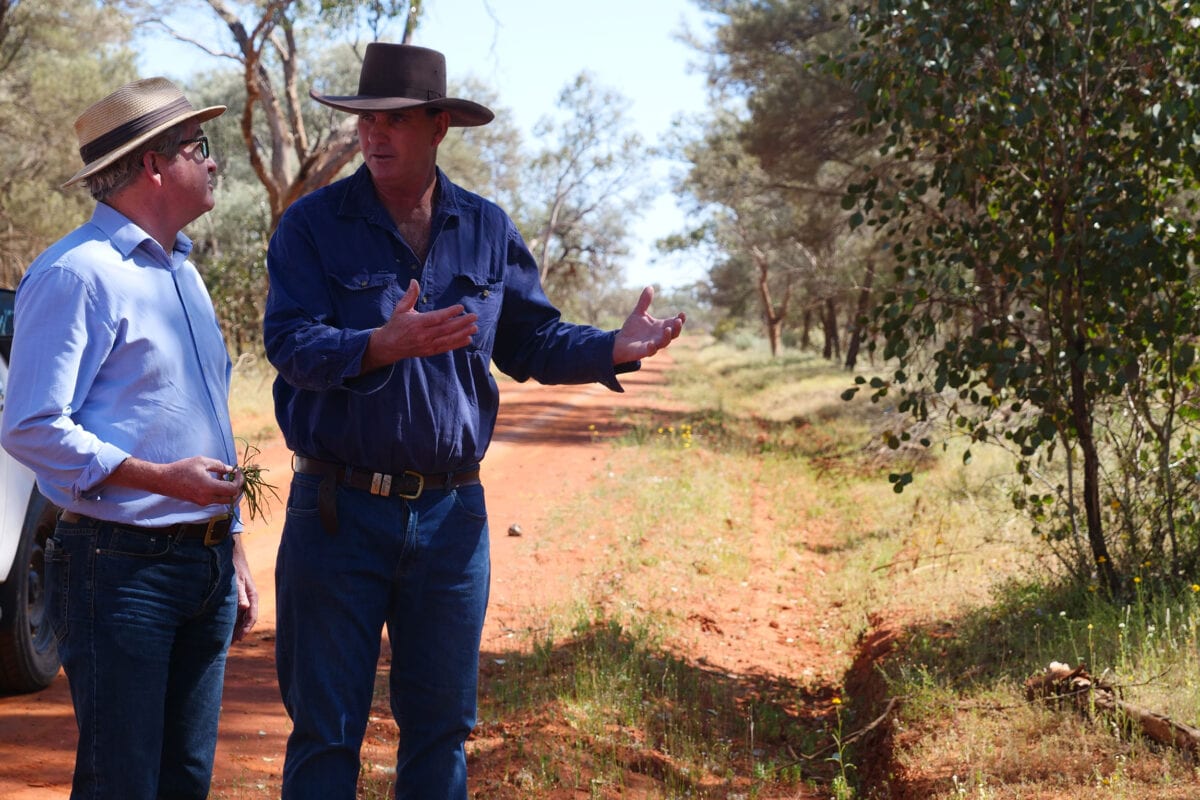Original published in The Australian Financial Review on June 30th, 2024, under the title “Better carrot and stick provides investment certainty for carbon cuts”.
Yet again the political debate about reducing emissions in the energy sector rages. It is adding little more than further uncertainty to what is already a challenging, but nevertheless progressing, transition.
Meanwhile, in other heavy emitting sectors work goes on, and it is now exactly one year since Australia’s largest emitting facilities became obliged to reduce their emissions under the reformed Safeguard Mechanism. Since 1 July last year, the reformed Safeguard has applied to about 219 facilities that annually emit at least 100,000 tonnes of greenhouse gas, and it has three important features.
First, it is legislated, so there can be no doubt that it is intended to deliver what’s required of it. Second, the Safeguard delivers all this abatement without requiring taxpayer funding. Third, like many good policies, the Safeguard contains a carrot, as well as a stick.
The reformed Safeguard is expected to deliver at least 200 million tonnes of net abatement by 2030. It requires each liable facility to annually reduce its net emissions against a baseline, with these annual, compounding, reductions averaging 4.9% for most facilities.
The carrot in the reformed Safeguard can be financially significant, because if a facility does better than the scheme requires, then it will earn tradeable Safeguard Mechanism Credits (SMCs). Facilities can either hold on to these credits to help reduce their own future net emissions obligations or sell them to other facilities covered by the scheme that need assistance to meet their obligations.
The first of these SMCs are expected to be created in 2025, and they, alongside Australian Carbon Credit Units (ACCUs), will provide important flexibility. Any need to purchase credits will be a cost that will spur action to reduce emissions. But having access to credits will also give companies time to carefully evaluate the new investment required to reduce emissions at capital intensive facilities.
Steel manufacturing and cement production are two examples where green versions of these products can only be produced once significant capital has been expended, and once new facilities are built and commissioned. These major investment decisions require careful planning, and the legal requirement to steadily reduce emissions means that credits will need to be sourced to meet specific obligations in the interim.
Notably, the Safeguard reforms passed parliament in conjunction with welcome reforms to the ACCU framework to bolster its transparency and integrity. Further, legislated ACCU transparency and integrity reforms need to pass this year and should be given priority.
What the Safeguard demands of large emitting facilities is essential to meet the 43% emissions reduction target by 2030, and it is certainly ‘doable’. However, ACCUs – along with Safeguard Mechanism Credits – will be essential to help facilities meet their increasingly stringent Safeguard obligations.
While this is the first anniversary of the reformed Safeguard Mechanism, it is really the eighth anniversary of the Safeguard. The initial version took effect on 1 July 2016 under the former government. Unfortunately, in the first seven years the Safeguard had the perverse effect of allowing an increase in total emissions across all the facilities it covered. The design was inadequate for emissions reduction, even though its compliance mechanisms were triggered in a few instances of significant emissions growth.
As a result of last year’s reforms, this perverse outcome has been remedied and the Safeguard is now aligned to bipartisan net zero goals. Additional changes over time would be desirable to decrease emissions further. In particular, the Carbon Market Institute would like to see the reach of the Safeguard expanded, in line with advice given by the Climate Change Authority.
In March last year, as the Safeguard Reform Bill was being debated, the Intergovernmental Panel on Climate Change delivered a major report that found global emissions pathways, capable of limiting temperature rise to 1.5°C, or even 2°C, will require that significant emissions reductions occur this decade in all economic sectors.
The reformed Safeguard is well-placed to be the engine that ensures major reductions are delivered by Australia’s largest industrial emitters.
The Safeguard can be aligned with other policies, such the imminent net zero sectoral plans, ideally with the introduction of a national carbon market strategy linking it and other initiatives. The implementation of the reformed Safeguard Mechanism last year was a major achievement, and this is an anniversary worth celebrating.
Kerry Schott AO, Chair of the Carbon Market Institute



